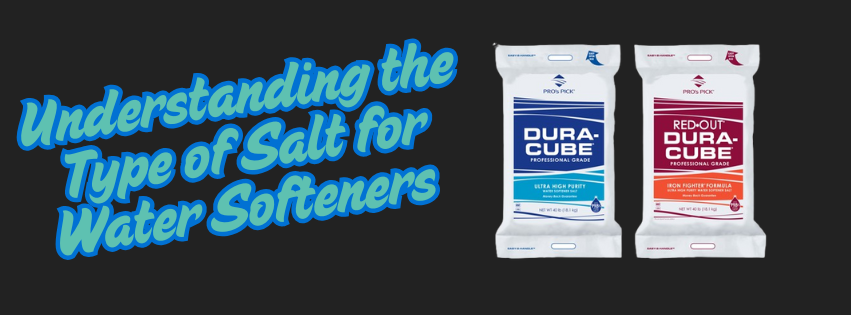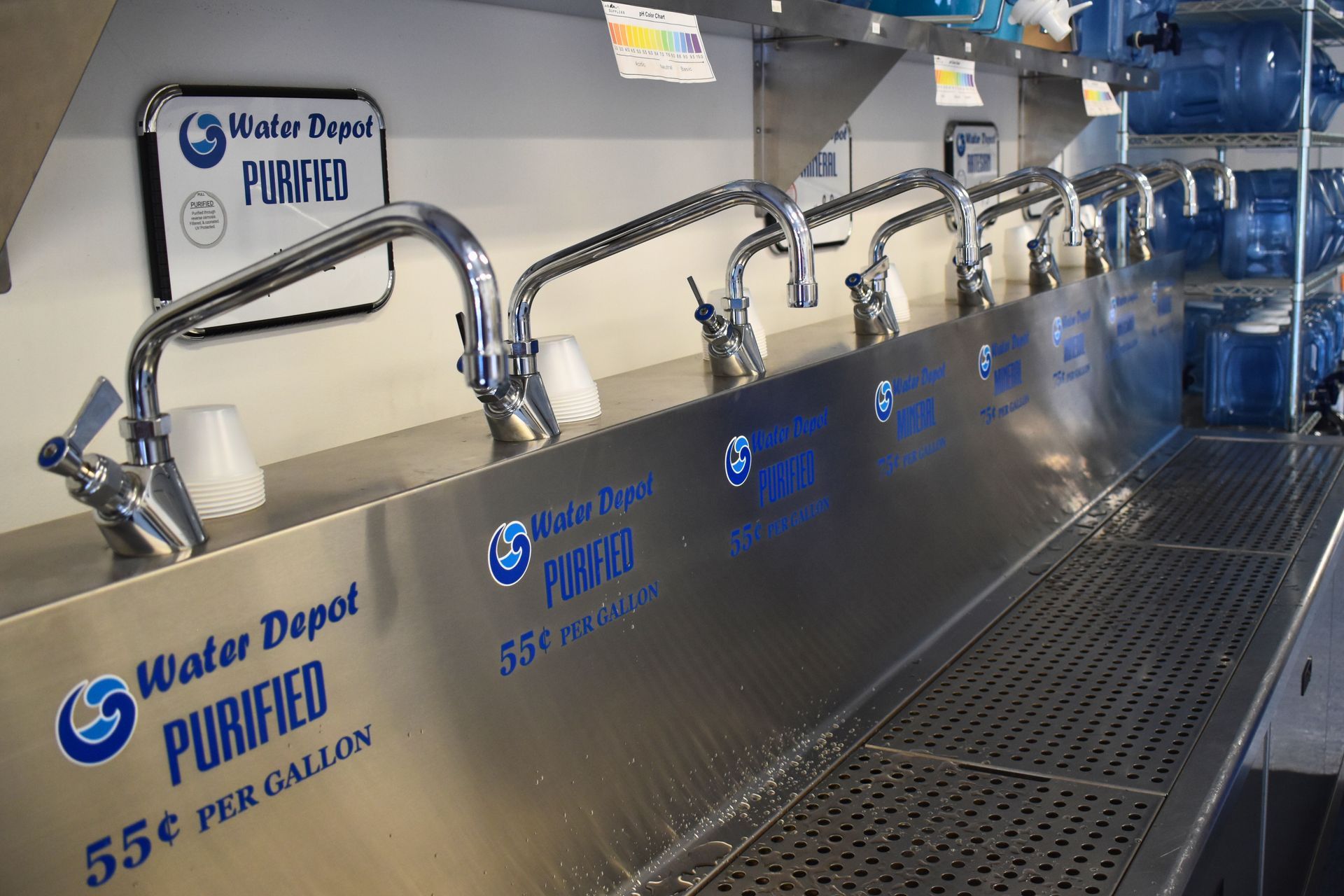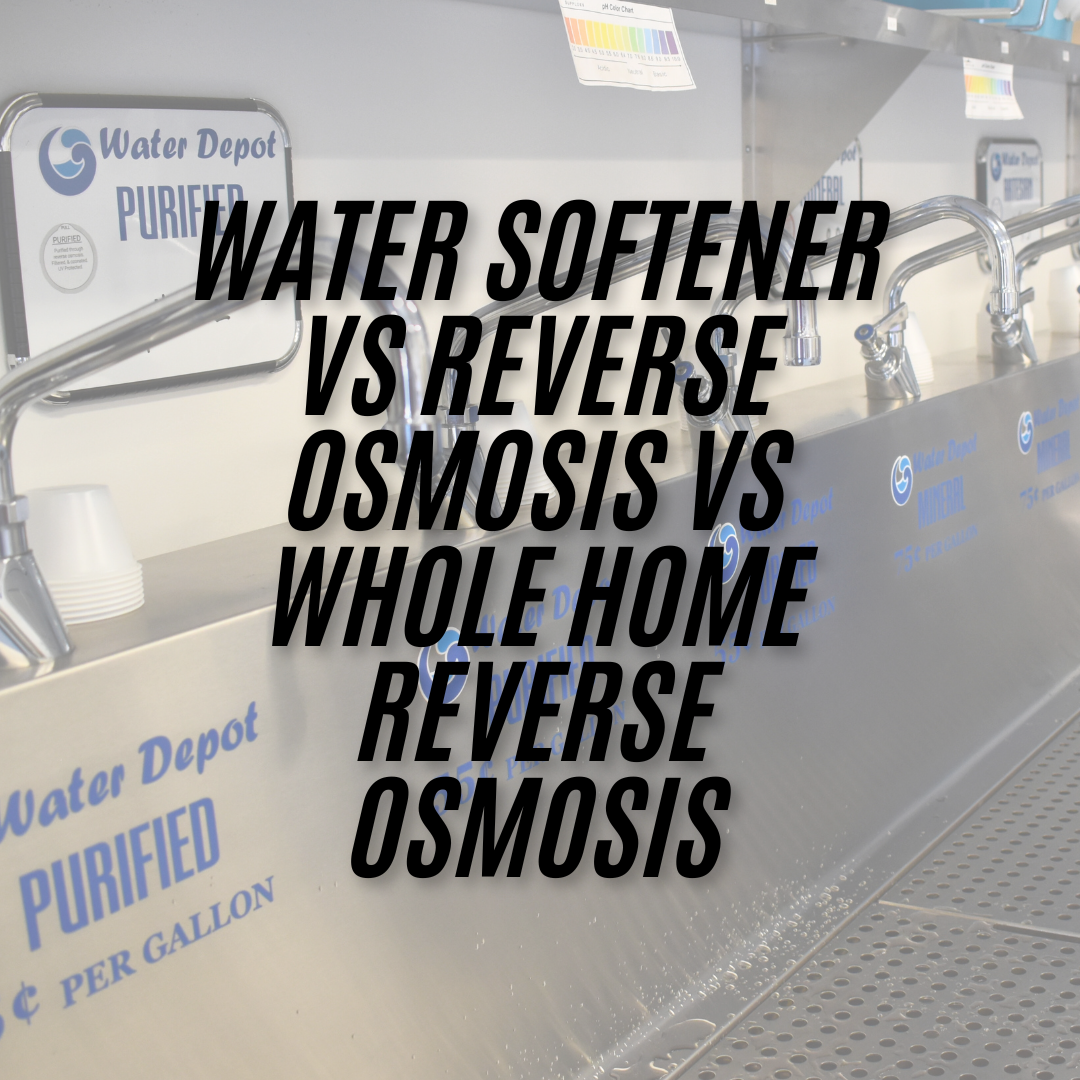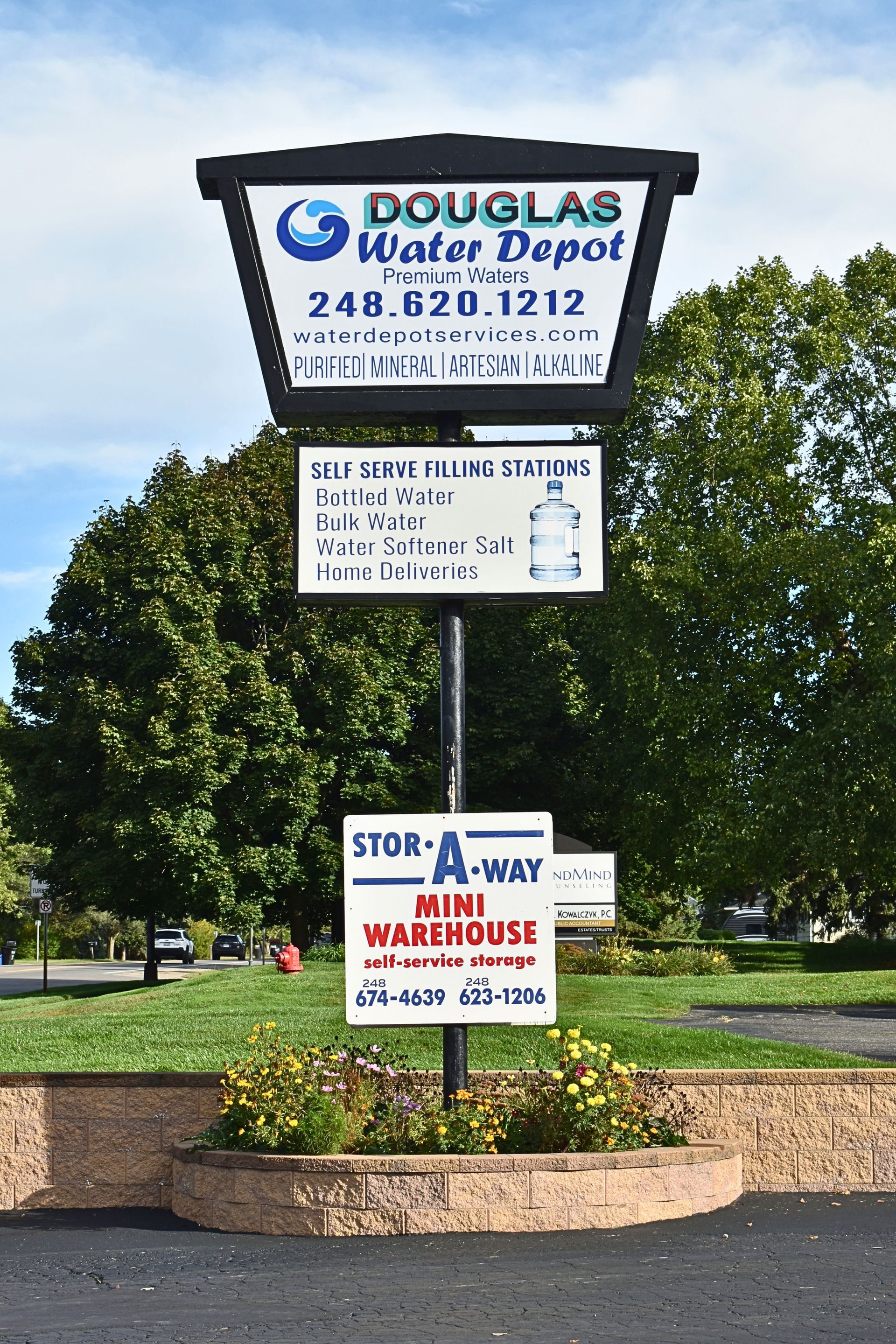Understanding the Type of Salt for Water Softeners

Have you ever wondered why you need to put salt in your brine tank? Does salt actually make the water soft? Does the brand or type of salt you use matter? In the blog post, we'll explore the role of salt in water softeners, review different types of salt, and discuss how to choose the best option for your system.
The Role of Salt in Water Softeners
The pH Scale & Water Chemistry
The pH scale measures the acidity of alkalinity of a substance:
Contrary to popular belief, salt isn't what directly softens your water. The magic happens through a process called ion exchange, where resin beads inside your softener remove hard water causing minerals like calcium and magnesium. Over time, these minerals accumulate on the resin beads, requiring 'cleaning' to maintain efficiency and performance.
This is where salt plays a vital role. When dissolved in water, salt creates a brine that 'cleans' the resin beads by flushing away the accumulated minerals, allowing them to continue softening your water. Choosing the right salt not only improves the performance, but also extends the life of your water softener.
Different Type of Water Softener Salt
Solar Salt
How it's made: Solar salt is produced by evaporating seawater or brine, typically collected through solution mining, and then harvested from outdoor pools.
Pros:
- Purity of about 99.5% making it suitable for water softeners
- Cost - effective and widely available
Cons:
- The outdoor harvesting process may introduce insoluble materials like rocks, which can accumulate in the brine tank, causing performance issues and requiring more frequent cleaning.
Evaporated Salt
How it's made: Like solar salt, evaporated salt starts with solution mining. However, the evaporation process occurs in a controlled, indoor environment where heat and steam remove excess water. This results in a high purity level of about 99.9%.
Pros:
- High purity reduces bring tank buildup
- Ideal for high - efficiency water softeners
- Brands like Dura - Cube are pressed for extra hardness, minimizing issues like mushing and bridging
Cons:
- Slightly more expensive than solar salt.
Potassium Chloride
What it is: An alternative to sodium - based salts, potassium chloride replaces hard water minerals with potassium during the regeneration cycle.
Pros:
- Suitable for those on low-sodium diets or in areas where sodium discharge is restricted
Cons:
- Lower purity (around 99.1%)
- More expensive than traditional salts
- Harvesting methods can lead to similar issues as solar salt, such as brine tank buildup.
Maintenance Tips for Salt in Water Softeners
- Monitor Salt Levels: only refill your water softener when the salt level in the brine tank is six inches or less from the bottom. Overfilling can lead to salt bridging and inefficiencies.
- Regular Checks: Check your brine tank periodically to ensure it has enough salt to maintain soft water. The frequency of checks depends on factors such as water hardness, household size, and water usage.
- Avoid Salt Bridges: Excessive bridging (a hard crust that forms above the water level) interfere with the softener's regeneration process. If you notice a salt bridge, pour hot water into the brine tank to dissolve it and scoop out any remaining salt or debris.
Conclusion
Choosing the right type of salt is essential for your health of your water softener and your family. High-purity options like Dura-Cube not only reduce buildup, but also extend the lifespan of your system, making maintenance easier and less frequent.
At Douglas Water Depot, we are proud to provide the highest quality Dura-Cube salt at all of our locations. To making managing your salt needs effortless, we offer a worry-free delivery service.




